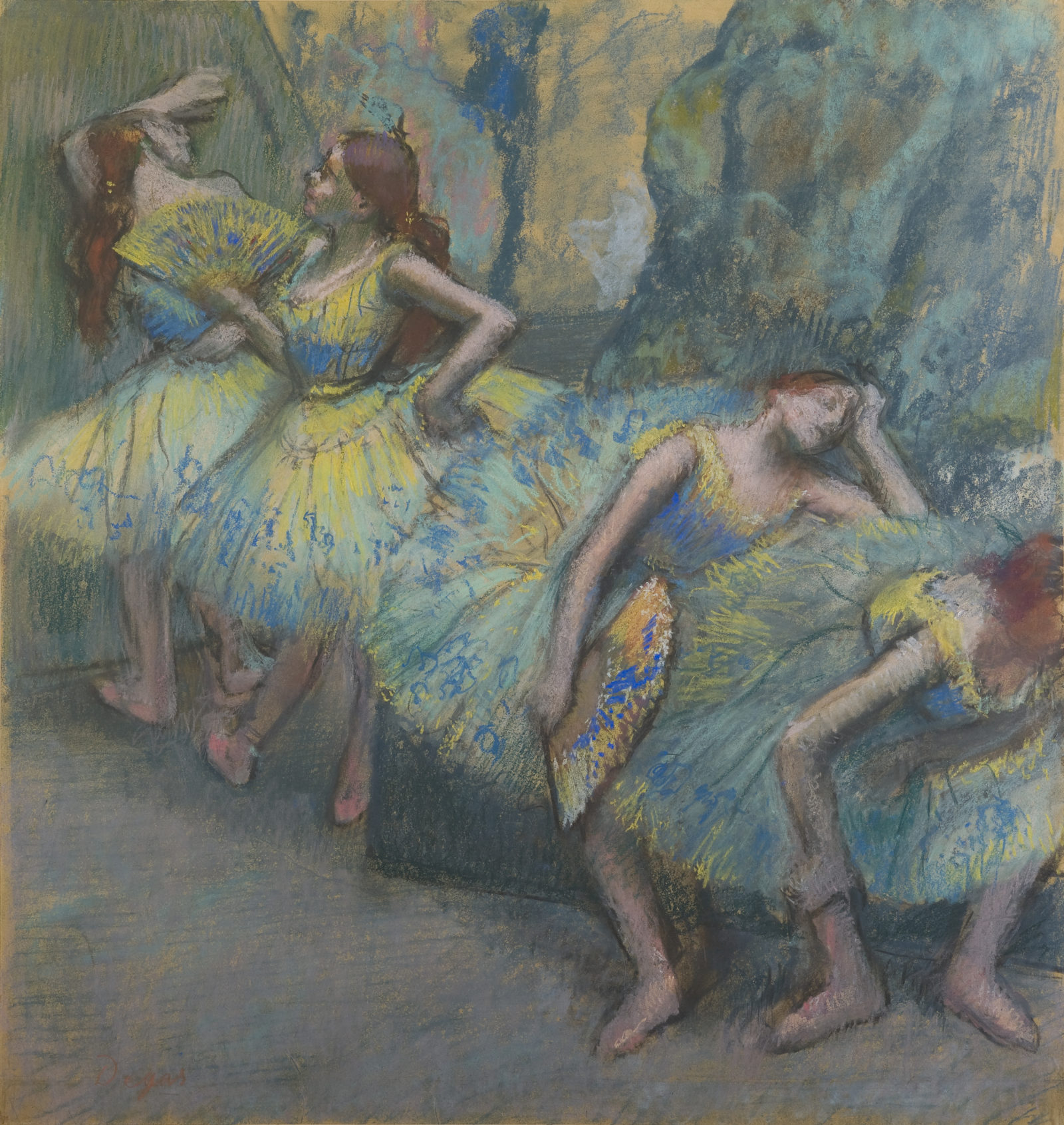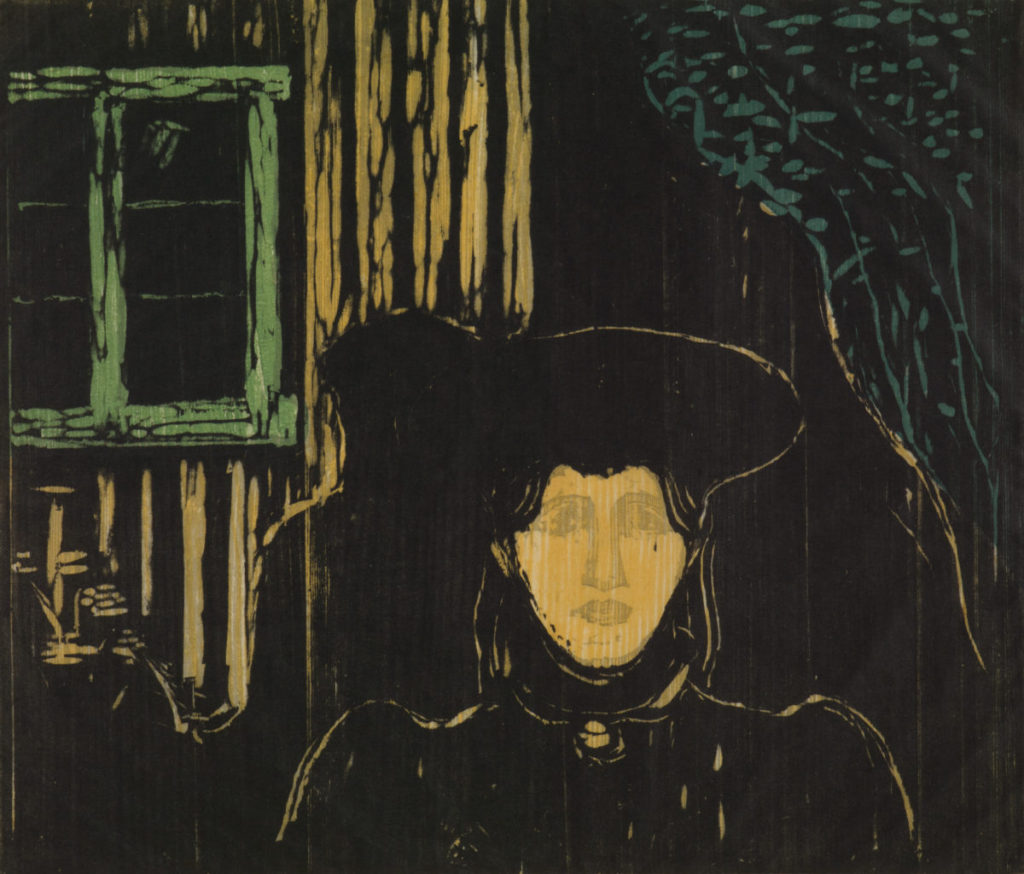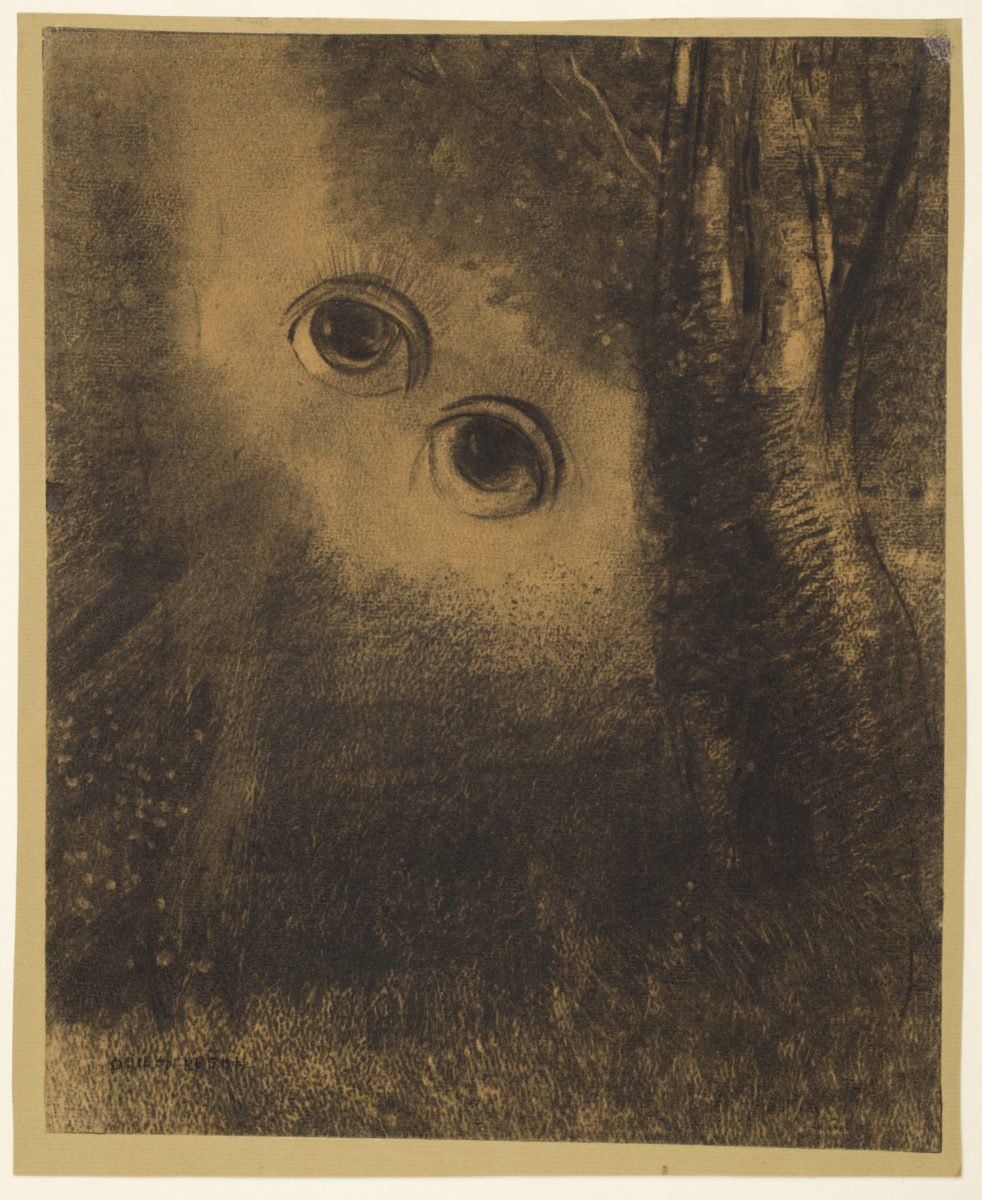(Editor’s Note: The Saint Louis Art Museum announced it is closing to public at 5 p.m. on Friday, Jan. 7, due to a surge of COVID-positive cases among its staff. Museum officials anticipate reopening to the public on Tuesday, Feb. 1. Programs scheduled for January have been cancelled, including viewings of “Art Along the Rivers: A Bicentennial Celebration,” which was supposed to close on Sunday. The exhibition will not be extended; refunds will be automatically issued for ticket holders.)

An upcoming exhibition of impressionist works on paper at the Saint Louis Art Museum will add insight into the ongoing conversations in the art world between tradition and innovation, representation and abstraction, and the artist’s studio and the art market.
“Impressionism and Beyond” features 59 European drawings, pastels and prints from the 1850s to the 1930s drawn exclusively from St. Louis collections. The free exhibition opens Jan. 28 and will run through July 31.
During this period, European life underwent dramatic social, political and psychological changes, which contributed to significant artistic developments. Artists responded to this fluid environment in many ways – visualizing modern life as it was, but also viewing the world through an imaginative lens.
At this same moment, the exhibit shows new attitudes about artistic practice and expressions of modernity elevated drawing and printmaking to prominence among the avant-garde.

In France, which dominated progressive trends, the impressionists broke with traditional academic modes of representation through formal experimentation and innovative print and drawing techniques. For instance, Mary Cassatt elevated color printmaking to new heights through her adaptation of the Japanese aesthetic that was taking Paris by storm in the 1890s, while fellow artist Edgar Degas sought multiple avenues for experimentation in print. Degas and other impressionists also developed inventive drawing styles that allowed them to capture movement and intense effects of color and light in their works.

This experimental impulse, in turn, provided a launchpad for later generations to push formal and technical innovations even further. Paul Cézanne’s early-20th-century watercolors transformed natural environments into abstract washes of color, while Odilon Redon focused on the expressive power of black to create images that blurred the lines between fantasy and reality. Edvard Munch rethought the ancient medium of woodcut printmaking, cutting his blocks into pieces like a jigsaw puzzle to print in multiple colors.
“Impressionism and Beyond” explores several themes that guided artists in their examinations of modernity. Subjects of modern urban life such as the domestic interior and the modern woman of fashion abound during this period. Meanwhile, experimental treatments of figures and landscapes highlight news ways artists viewed the world around them, sometimes giving way to quirky, even frightening, visions.
“Impressionism and Beyond,” on view in Galleries 234 and 235 from Jan. 28 to July 31, is curated by research assistant Abigail Yoder and curator of prints, drawings and photographs Elizabeth Wyckoff.





